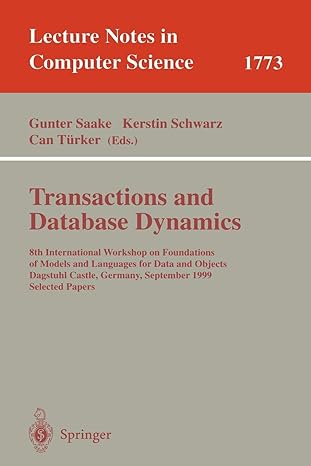Answered step by step
Verified Expert Solution
Question
1 Approved Answer
A prime number is a positive integer evenly divisible by exactly two positive integers: itself and 1. The first five prime numbers are 2, 3,
A prime number is a positive integer evenly divisible by exactly two positive integers: itself and 1. The first five prime numbers are 2, 3, 5, 7, and 11. Sometimes two consecutive odd numbers are both prime. For example, the odd integers following 3, 5, 11 are all prime numbers. Write a parallel program using openMPI to determine for all integers less than 1,000,000, the number of times that two consecutive odd integers are both prime numbers.
Step by Step Solution
There are 3 Steps involved in it
Step: 1

Get Instant Access to Expert-Tailored Solutions
See step-by-step solutions with expert insights and AI powered tools for academic success
Step: 2

Step: 3

Ace Your Homework with AI
Get the answers you need in no time with our AI-driven, step-by-step assistance
Get Started


